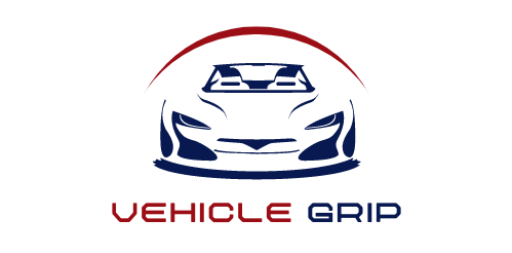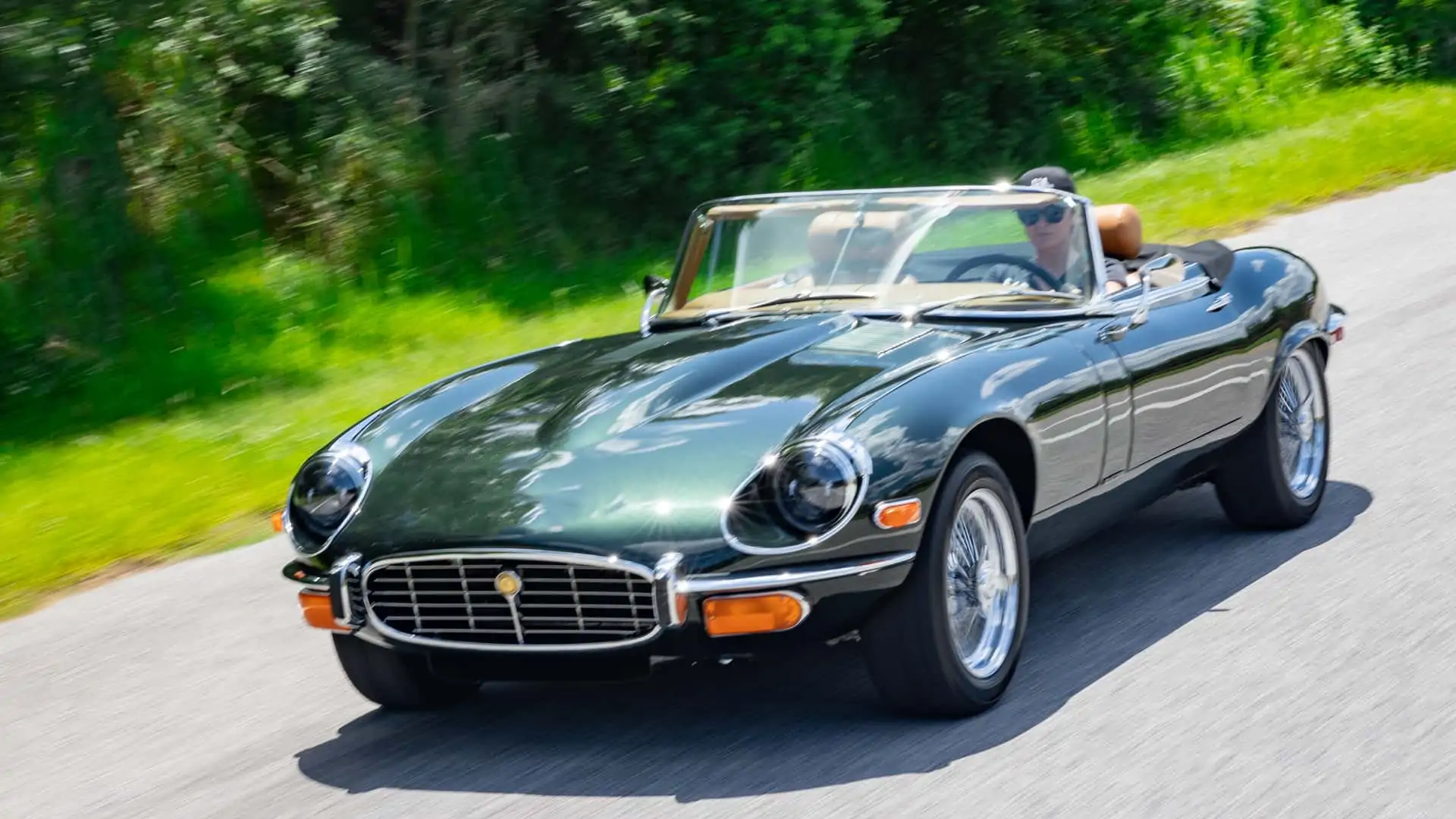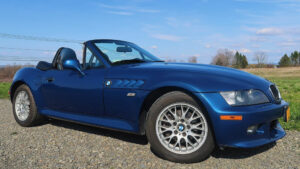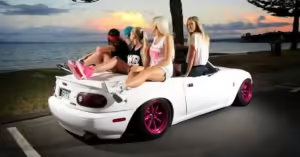For car enthusiasts and casual admirers alike, a truly beautiful car transcends mere function and becomes a piece of art. Over the decades, designers have poured their creativity into models that evoke elegance, power, and timeless style.
From classic sports cars to modern-day icons, certain vehicles have set benchmarks in design, capturing imaginations and leaving lasting impressions. This blog explores some of the best-looking cars of all time, diving into what makes each of these masterpieces unforgettable.
Whether it’s a sweeping curve, a daring front grille, or an aerodynamic profile, these cars represent the finest in automotive aesthetics. Join us as we take a journey through automotive history to celebrate the cars that have defined style and elegance.
1. Jaguar E-Type (1961–1975)
Widely hailed as one of the most beautiful cars ever made, the Jaguar E-Type is a masterpiece of British design. When it debuted in 1961, Enzo Ferrari himself famously called it “the most beautiful car ever.” With its long, sleek lines, the Jaguar E-Type manages to look both graceful and sporty.

Its elongated hood, rounded headlights, and low stance give it an athletic yet sophisticated appearance. It’s a car that demands attention wherever it goes, embodying the spirit of 1960s design in a timeless form that’s still adored today.
2. Aston Martin DB5 (1963–1965)
The Aston Martin DB5 became an icon largely thanks to its role as James Bond’s car, but it didn’t need Hollywood to establish its status. This British sports car boasts an elegant, refined shape with smooth curves and a signature grille that exudes a sense of luxury and power.

Every detail, from the chrome accents to the classic wire wheels, speaks to the car’s prestige. The DB5’s understated design has a timeless quality, making it just as stunning today as it was in the 1960s.
3. Ferrari 250 GTO (1962–1964)
With its limited production and unmatched elegance, the Ferrari 250 GTO is one of the most sought-after collector cars in the world. Only 36 were ever made, and each one showcases Ferrari’s dedication to both form and function.

Its rounded nose, swept-back design, and powerful stance give it an undeniable charisma. The 250 GTO’s beauty lies in its simplicity; there’s nothing overly flashy, just pure, sophisticated style. It’s a car that perfectly balances performance and aesthetics, making it one of Ferrari’s finest creations.
4. Mercedes-Benz 300SL Gullwing (1954–1963)
The Mercedes-Benz 300SL Gullwing is instantly recognizable by its unique upward-opening doors, which resemble a seagull’s wings. Beyond its iconic doors, the 300SL boasts a sleek and aerodynamic body that was revolutionary at the time.
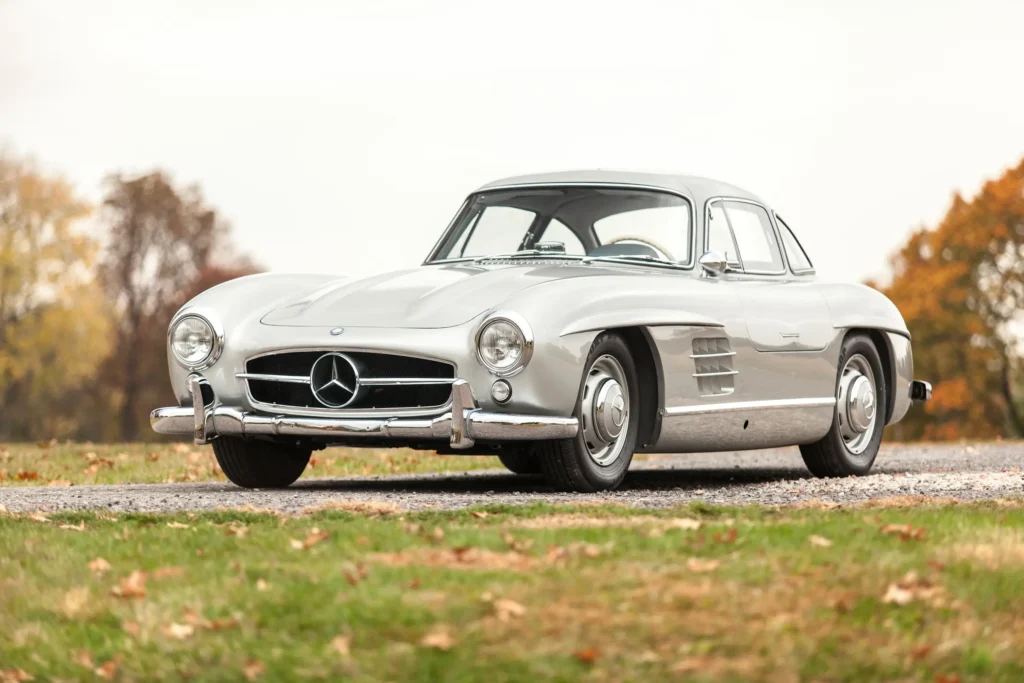
Its smooth curves and prominent front grille give it a futuristic look that has aged remarkably well. The 300SL Gullwing is a car that defines elegance and innovation, embodying the advanced engineering and style Mercedes is known for.
5. Porsche 911 (1964–Present)
The Porsche 911 has remained largely unchanged in shape since its introduction in 1964, a testament to its timeless design. With its sloping roofline, rear-engine layout, and classic round headlights, the 911 has become one of the most iconic sports cars in history.

Its clean, minimalistic lines and perfect proportions make it both instantly recognizable and universally admired. The Porsche 911 proves that sometimes, less is more, with a design that has endured for decades without losing its allure.
6. Chevrolet Corvette Stingray (1963)
The Chevrolet Corvette Stingray, specifically the split-window model from 1963, is a symbol of American automotive design. Its bold lines, aggressive stance, and unique split rear window make it one of the most distinct and beloved Corvettes ever made.
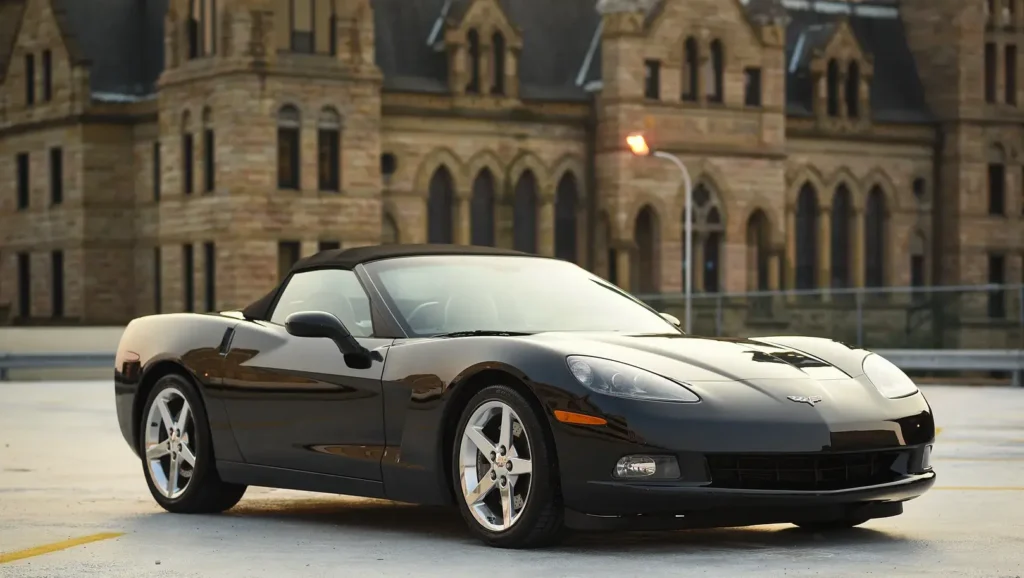
The Stingray’s muscular shape and aerodynamic form set it apart from other cars of its time. It’s a car that embodies power and style, capturing the spirit of 1960s America and remaining a favorite among car lovers.
7. Lamborghini Miura (1966–1973)
The Lamborghini Miura is often considered the world’s first supercar and is one of the most beautiful Lamborghinis ever created. With its low, wide stance and dramatic curves, the Miura looks fast even when standing still. Its distinctive headlights, hidden behind “eyelashes,” give it a unique personality, while its swooping lines make it a true visual masterpiece.

The Miura set the standard for Lamborghini’s bold, exotic design language and remains a symbol of Italian automotive beauty.
8. Alfa Romeo 8C Competizione (2007–2010)
The Alfa Romeo 8C Competizione is a modern classic, blending contemporary styling with classic Italian charm. Its smooth, sculpted body and rounded grille give it a seductive appearance that’s unmistakably Alfa Romeo.
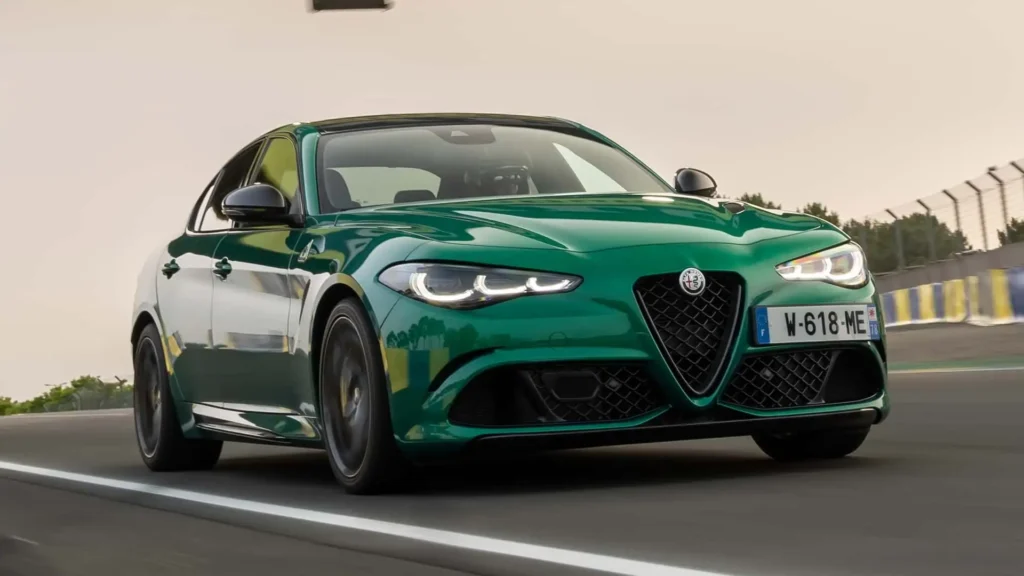
The 8C Competizione’s flowing lines and muscular shape make it both graceful and aggressive. It’s a car that stands out for its beauty, a rare combination of elegance and power that has earned it a place among the best-looking cars of all time.
9. Ferrari F40 (1987–1992)
The Ferrari F40 is a raw, powerful sports car that makes no compromises in performance or design. Its sharp angles, large rear wing, and striking lines give it an intense, aggressive look that’s instantly recognizable.
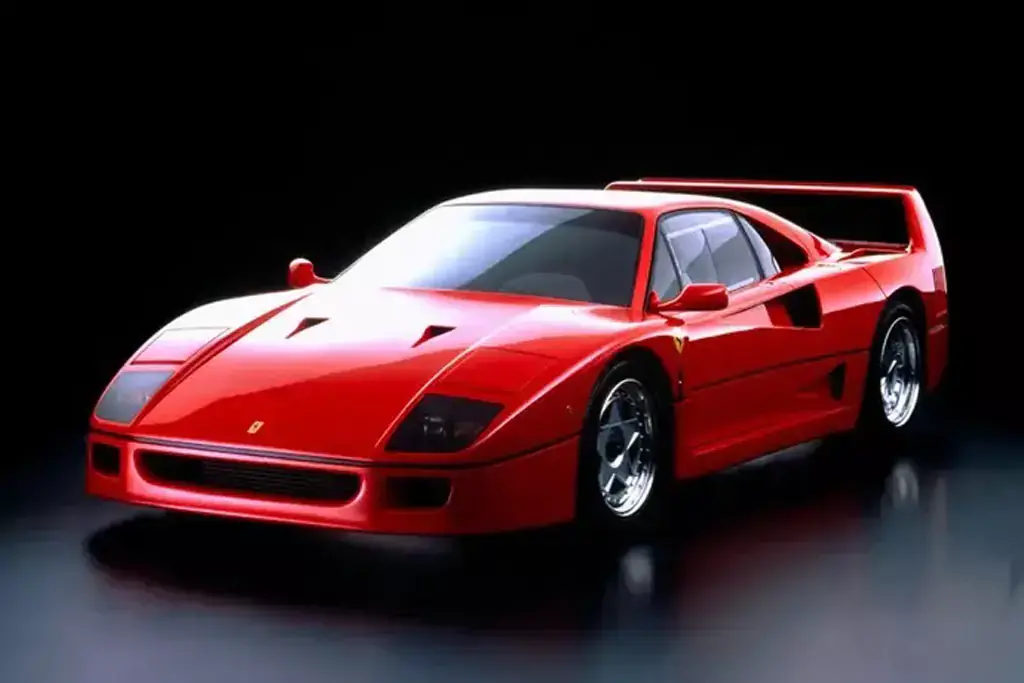
While the F40 was built for speed, its design is nothing short of stunning. It’s a car that embodies the excitement and thrill of driving, a true icon of the 1980s that still turns heads today.
10. Bugatti Type 57SC Atlantic (1936–1938)
One of the rarest and most valuable cars in the world, the Bugatti Type 57SC Atlantic is a masterpiece of pre-war design. With its teardrop shape, dramatic curves, and riveted seams running down the middle, the Atlantic has a unique, almost otherworldly appearance.
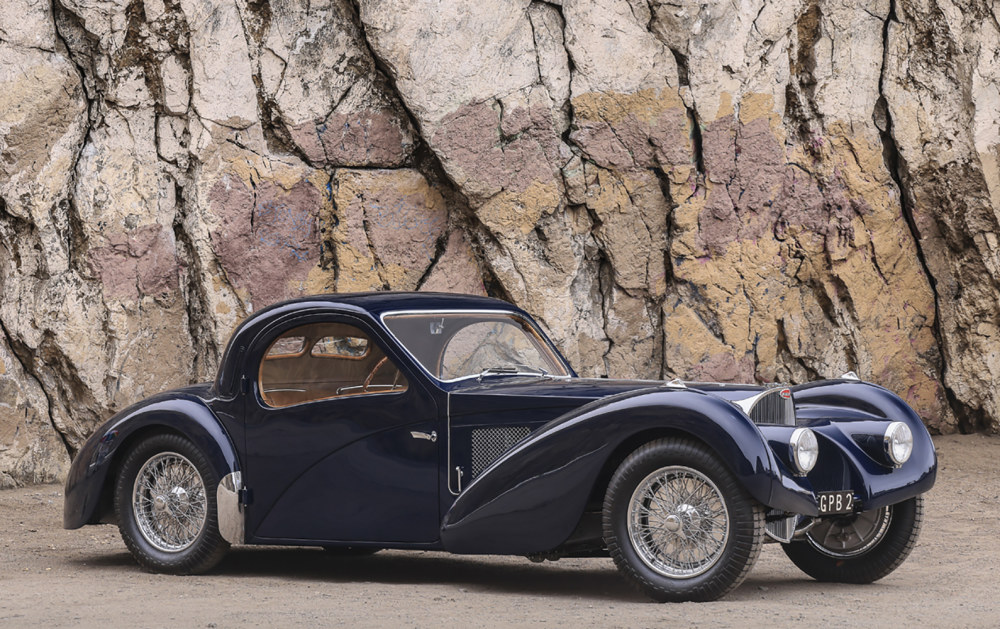
Every line and detail on this car exudes elegance, from its narrow windows to its sweeping fenders. The Type 57SC Atlantic is a work of art, a car that captures the glamour and sophistication of a bygone era.
11. Ford GT40 (1964–1969)
Built with the goal of defeating Ferrari at Le Mans, the Ford GT40 is as beautiful as it is legendary. Its low, wide stance, aerodynamic shape, and bold racing stripes make it a true icon of American automotive history.
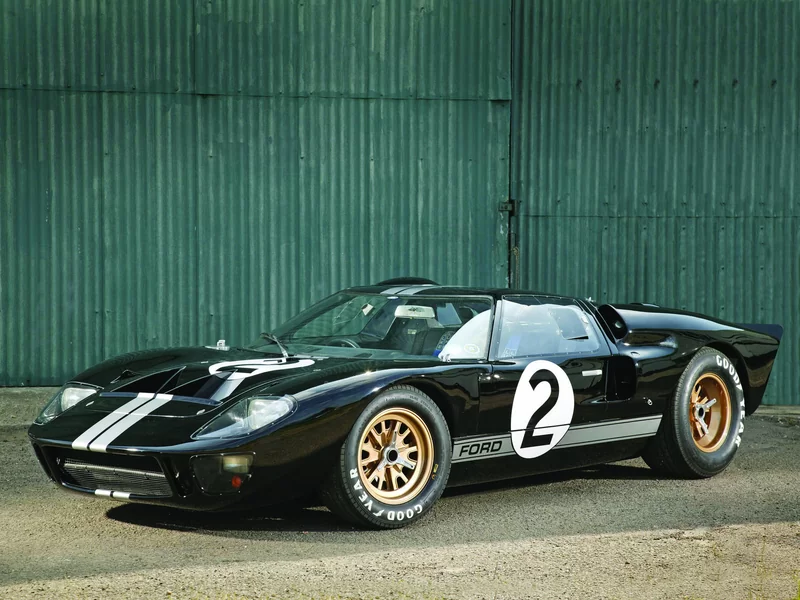
The GT40’s design is both functional and striking, capturing the essence of speed and competition. It’s a car that commands respect and admiration, a symbol of American innovation and determination.
12. Maserati Ghibli (1967–1973)
The original Maserati Ghibli, introduced in 1967, is a masterpiece of Italian design. Its long, sweeping hood, sharp lines, and refined profile give it a sophisticated yet powerful appearance.

The Ghibli’s design is elegant without being flashy, capturing the essence of Italian style and performance. It’s a car that combines beauty with engineering excellence, a true testament to Maserati’s commitment to craftsmanship.
13. Lancia Stratos (1973–1978)
The Lancia Stratos is a compact rally car with a distinctive wedge shape that makes it stand out from any other vehicle. Its short, angular body and unique proportions give it a futuristic look that was ahead of its time.
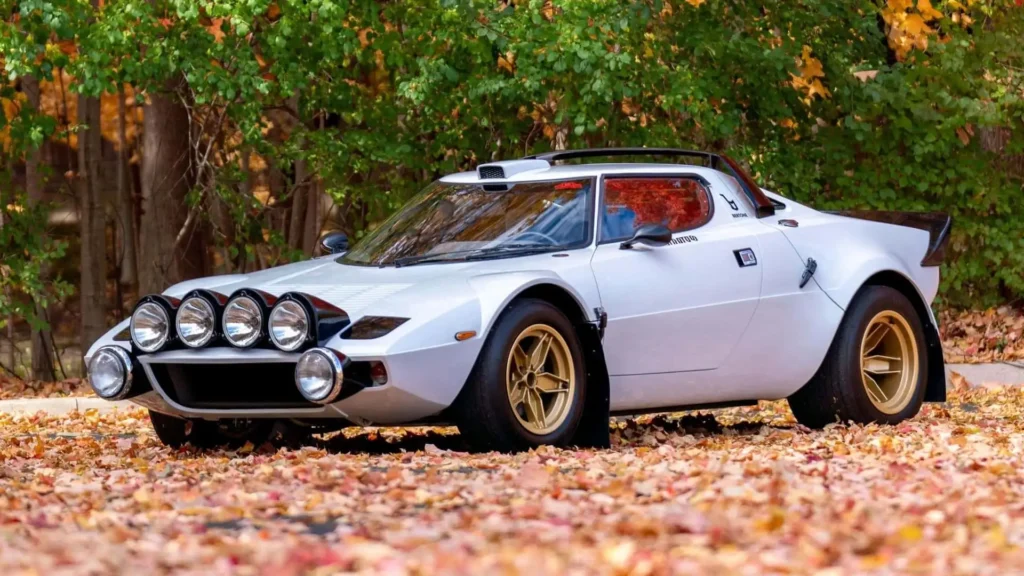
The Stratos is a car that exudes confidence and style, a rally icon with a design that’s as daring as it is beautiful.
14. Rolls-Royce Phantom (1925–Present)
The Rolls-Royce Phantom has represented luxury and elegance for nearly a century, with each generation building on its legacy.
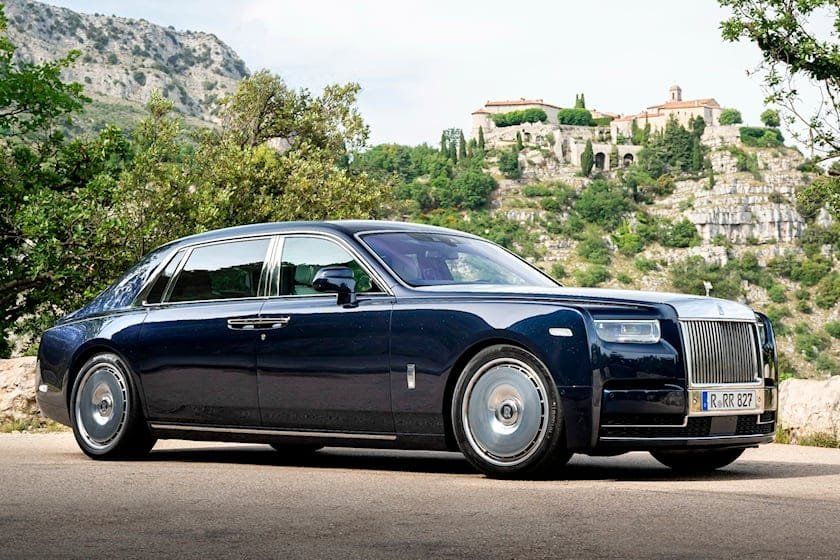
Its stately proportions, classic grille, and attention to detail make it a car of unparalleled beauty and sophistication. The Phantom is a car that’s as much a work of art as it is a vehicle, embodying the pinnacle of automotive luxury.
15. Pagani Zonda (1999–2011)
The Pagani Zonda is a modern masterpiece, with a design that’s both futuristic and bold. Its sharp angles, exposed carbon fiber, and intricate details make it a visual marvel.
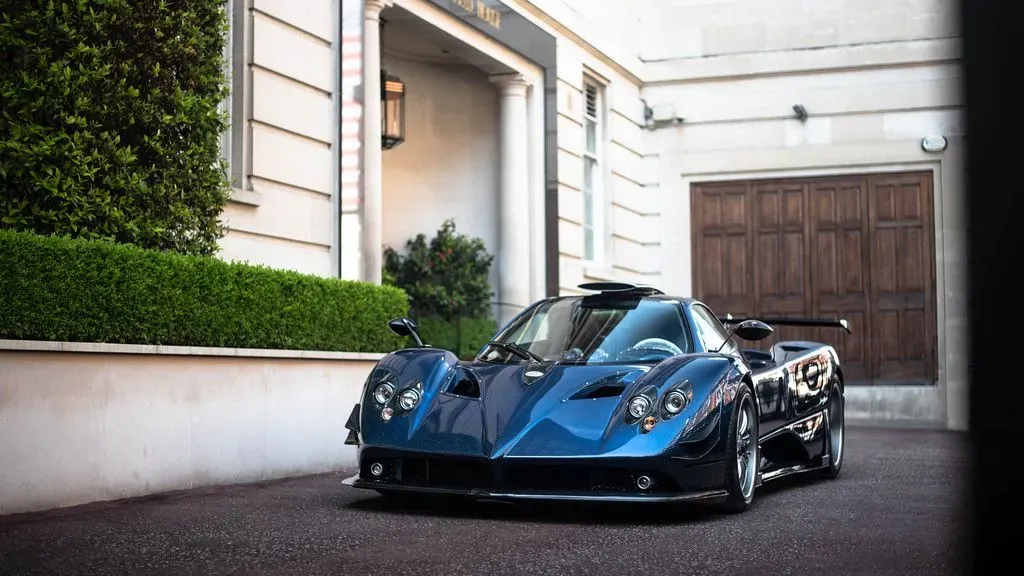
The Zonda’s design is a perfect blend of art and engineering, capturing the imagination of car enthusiasts around the world.
16. Toyota 2000GT (1967–1970)
Often called the “Japanese E-Type,” the Toyota 2000GT is a beautiful sports car that put Japan on the map in the world of high-end automotive design. Its sleek, low-slung body and elegant curves give it a sophisticated, timeless look.
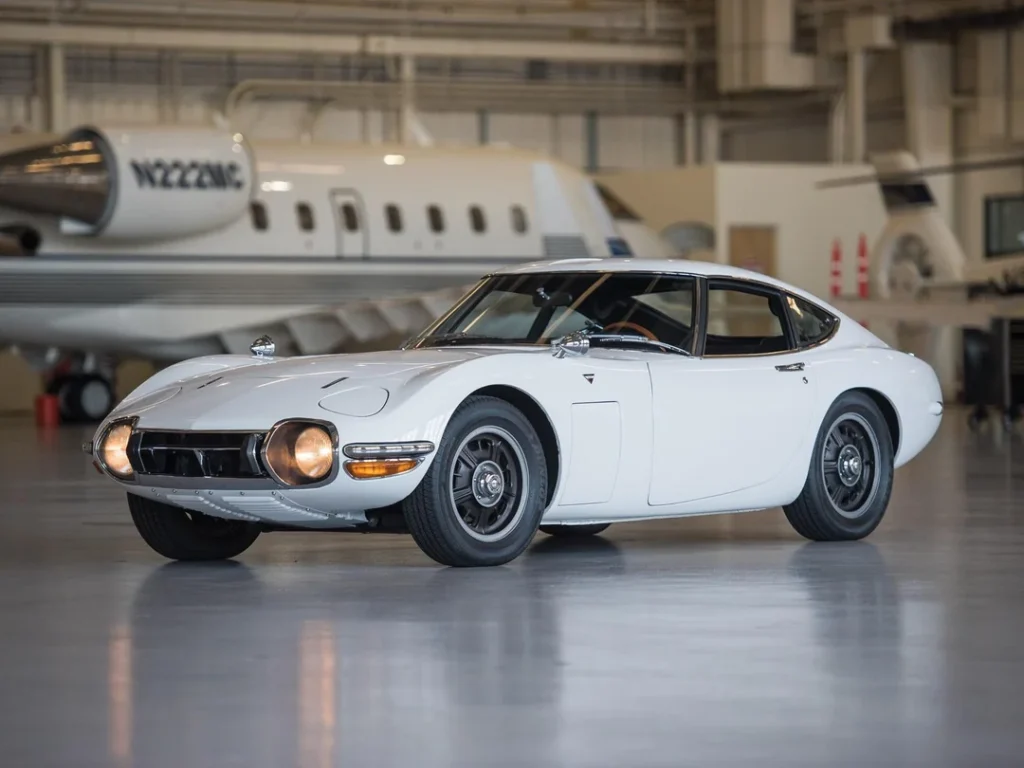
The 2000GT is a car that combines Japanese precision with a classic, European-inspired design, making it a rare and beautiful icon.
17. BMW 507 (1956–1959)
The BMW 507 is a rare roadster with a timeless elegance that’s captured the hearts of car lovers for decades. Its flowing lines, gentle curves, and distinctive grille make it one of BMW’s most beautiful creations.
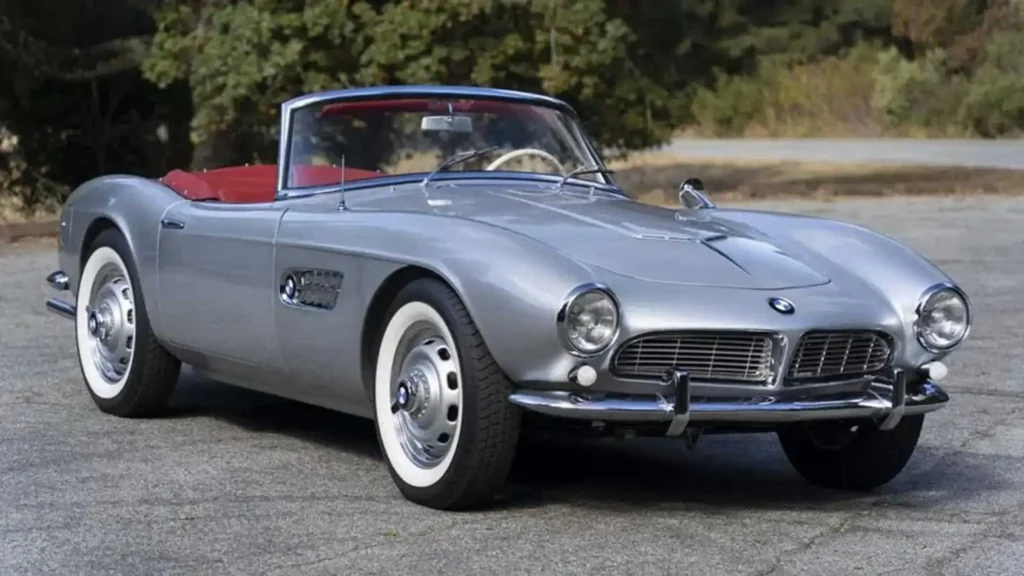
The 507 is a car that embodies classic style and sophistication, a car that looks as stunning today as it did in the 1950s.
18. Citroën DS (1955–1975)
The Citroën DS is a car that broke boundaries with its futuristic design. Its unique shape, smooth lines, and innovative features made it unlike anything else on the road. The DS is a car that looks like a work of modern art, with a design that’s as functional as it is beautiful.
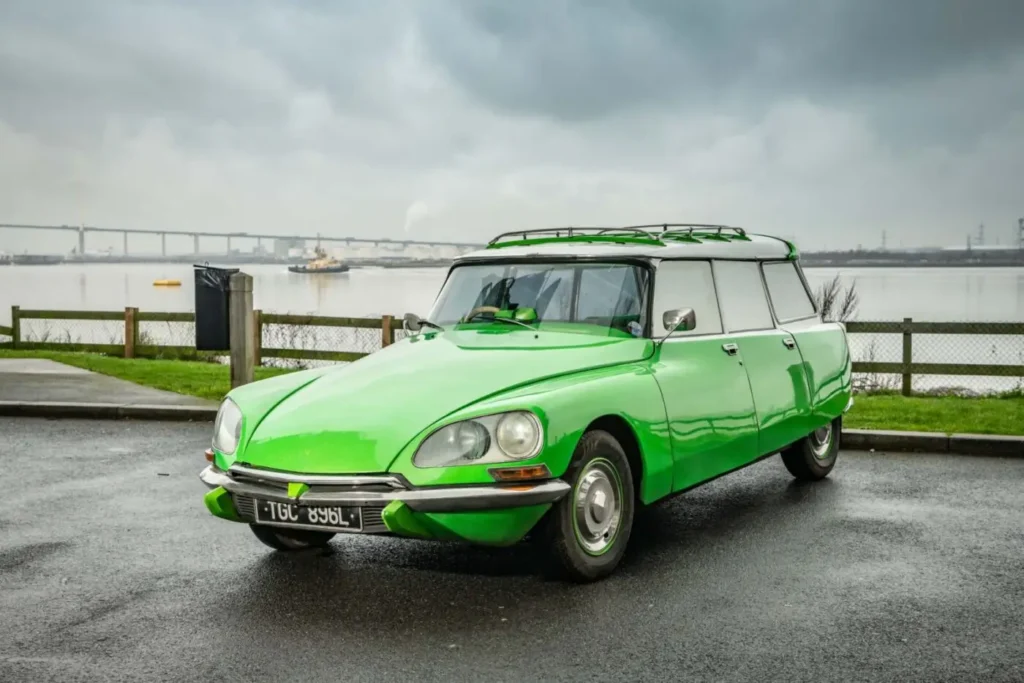
19. Alpine A110 (1963–1977)
The Alpine A110 is a small, lightweight sports car with a distinctive, graceful design. Its curved body, round headlights, and rear-engine layout give it a unique, charming look. The A110 is a car that’s both elegant and sporty, a classic example of French automotive design.

20. McLaren F1 (1992–1998)
The McLaren F1 is a supercar that combines sleek, aerodynamic lines with innovative engineering. Its low, wide stance and smooth curves give it a futuristic look that’s as beautiful as it is powerful. The F1 is a car that redefined the boundaries of design and performance, a true icon of the 1990s.

Each of these cars represents the pinnacle of automotive design in its era, embodying the passion, creativity, and innovation of the designers who created them. From the timeless elegance of the Jaguar E-Type to the futuristic lines of the Citroën DS, these cars remind us that a truly beautiful car is more than just a means of transportation—it’s a work of art.
